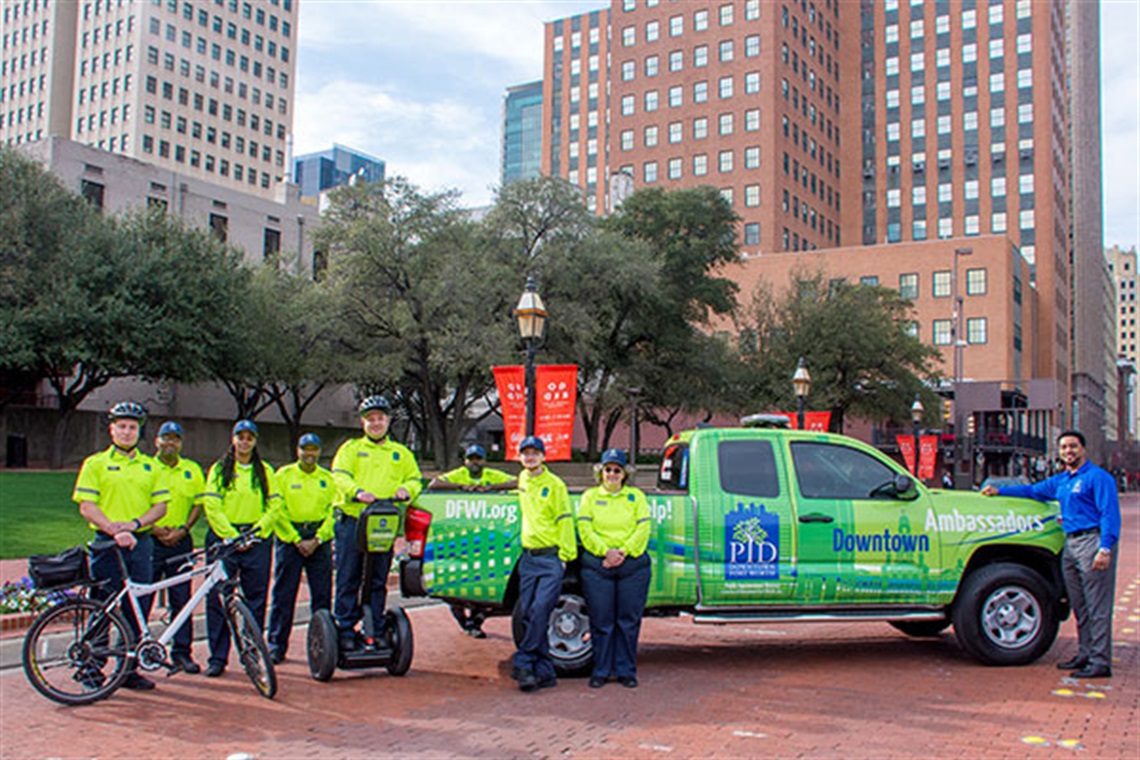EXPLAINER: How public improvement districts help neighborhoods
Published on September 16, 2022

Special taxing districts known as public improvement districts have long been a tool used by Fort Worth to fuel changes to certain areas of the city.
Only property owners in the PID boundaries pay a special assessment, which in turn is spent on specific types of improvements or maintenance. It can also pay for services and other improvements for the area that might not otherwise be constructed or provided.
One of the oldest – and most visible – PIDs still operating is Fort Worth Public Improvement District 1-Downtown. Established in 1986, the PID is now slated to expire in 2029. Monies are used to keep downtown clean and in top condition for all residents and visitors to enjoy. It’s also spent on special programming and administered by Downtown Fort Worth Inc.
Texas cities are allowed to create PIDs through state code. Each PID is governed by an advisory body. PIDs are renewed by the City Council annually.
In addition to the Downtown PID, the Council recently renewed PID 6-Park Glen; PID 7-Heritage; PID 11-Stockyards; PID 12-Chapel Hill; PID 14-Trinity Bluff; PID 15-Sun Valley; PID 18-Tourism; PID 19-Historic Camp Bowie; PID 19-East Lancaster Avenue; and PID 21-Las Vegas Trail.
PID 16-Walsh and PID 17-Rock Creek were both formed in 2016.
Amounts raised vary based on the assessment as well as the number of property owners. The Chapel Hill PID is expected to raise $196,349 in fiscal 2023, and the Tourism PID will raise about $5.45 million to promote Fort Worth. The Tourism PID assessment – 2% of hotel room revenue – is paid by hotels with 100 or more rooms citywide.
Learn more about each PID.
Photo: Fort Worth Public Improvement District 1-Downtown pays for the Downtown Ambassador program, among other services.
Get articles like this in your inbox. Subscribe to City News.